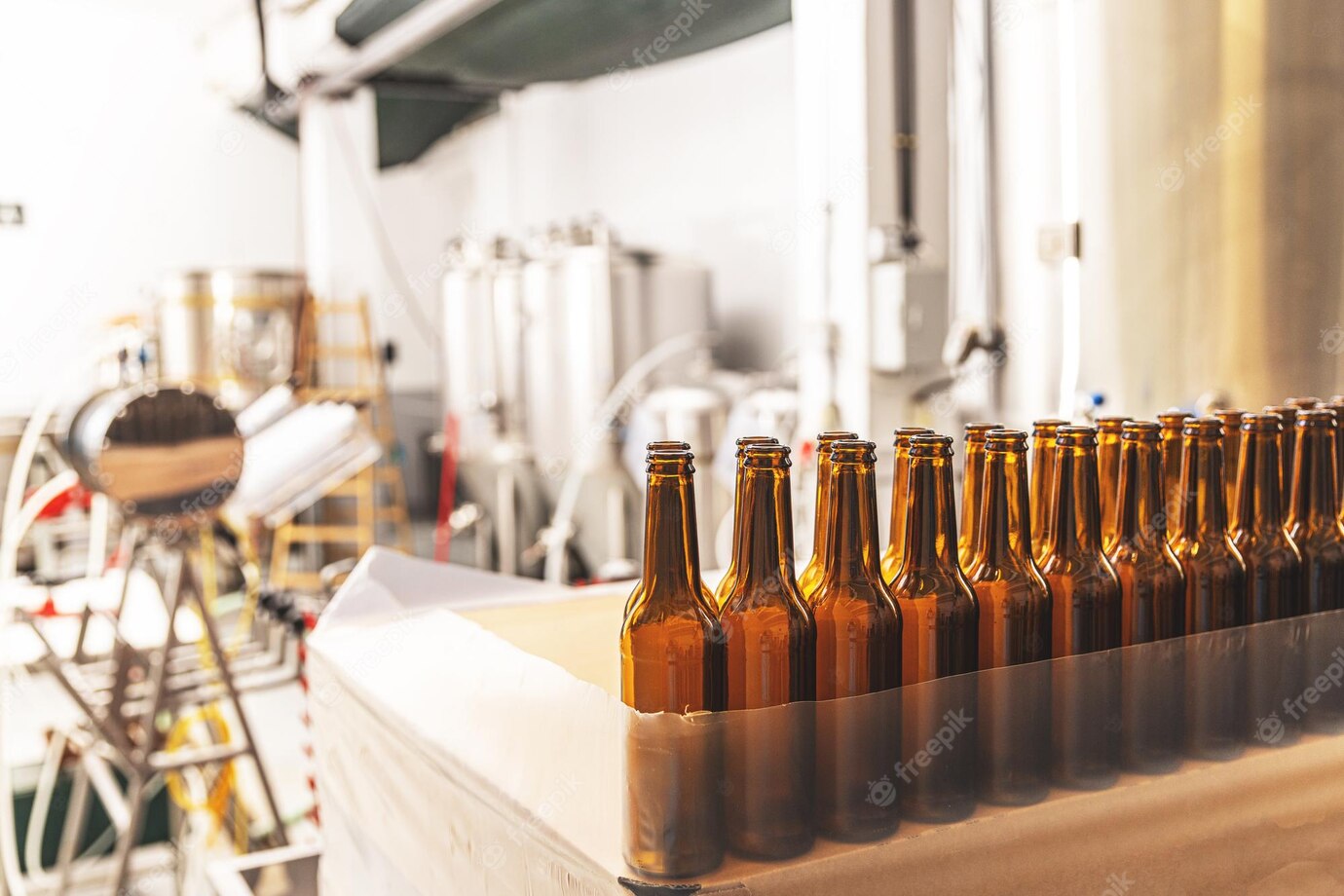Unlock the secrets to brewing with wild yeast! Learn tips and tricks for a tasty and creative beer!
Are you curious about brewing your own beer using wild yeast? If so, you’ve come to right place. This article provides an in-depth look into the brewing process with tips and tricks to help you along the way. We explain what wild yeast is and how to cultivate, harvest and store it properly. We also provide valuable advice on how to select your ingredients and create beer perfect for your own personal tastes. So, let’s get started by learning the fundamentals of making beer with wild yeast.
Brewing with Wild Yeast: Tips and Tricks
Brewing beer at home can be a challenging and rewarding adventure, but one of the more intricate aspects of home brewing is working with wild yeast. Wild yeast can produce unique flavors, aromas, and alcoholic content in homebrewed beers and a variety of different meads and wines.
Brewers who are just starting out with wild yeast should be aware that working with wild yeast isn’t the same as working with commercial yeast. Wild yeast can be unpredictable and difficult to handle, so it’s important to know the basics before attempting any batches of beer or wine made with wild yeast.
What Is Wild Yeast?
Wild yeast is a naturally occurring type of yeast that is found in nature. It is used to ferment sweet beverages and is the source of the carbon dioxide used in most beers and wines. Wild yeast typically has a lower alcohol tolerance than commercial yeast, so it will usually produce a lighter-bodied beer or mead with a lower alcohol content.
Different strains of wild yeast can be found in different environments, such as the air, fruits, and even soil. Some strains of wild yeast can be very fragile, while others can be quite hardy. Working with wild yeast requires more attention and patience than working with commercial yeast, but its rewards can be great.
Getting Started
Before getting started with wild yeast, brewers should do some reading about the different types of wild yeast and what kind of beer or beverage they are looking to make. Wild yeast can be found in a variety of sources, from books to online forums and even from local breweries. Brewers should also make sure they have all of the necessary supplies on hand, including pots, buckets, airlocks, gloves, and thermometers.
Successfully Capturing Wild Yeast
Once brewers have done some research on wild yeast and are familiar with the various types of wild yeast and the brewing process, it’s time to start capturing wild yeast. The most common and reliable method for capturing wild yeast is to use a yeast slurry or starter.
Brewers should start by making sure their equipment is sanitized and sterile. They should also create an environment that is conducive to wild yeast growth, with an optimal temperature range and a medium that is suitable for the chosen strain of wild yeast.
Once these steps are complete, brewers can then add their chosen yeast strain to the starter, which can be made from a combination of hops, malt, and sometimes other sugars and flavorings.
Once brewers have added the wild yeast to the starter and sealed the container, they should let it sit at the optimal temperature for a few days, checking it diligently to make sure the wild yeast is growing.
Fermenting with Wild Yeast
Once the wild yeast is growing in the starter, brewers can then move on to fermenting with it. This requires transferring the starter to a larger fermenting vessel and adding additional ingredients such as hops, malt, and any other flavors or additives.
Brewers should make sure the ferment is held at a consistent temperature, as wild yeast can be very sensitive to temperature fluctuations. It’s also important to keep oxygen content consistent, and brewers should always use an airlock or stopper to reduce oxygen exposure.
Brewers should also keep an eye on the fermentation for signs of success or failure. Wild yeast can produce off-flavors and aromas that are quite different from commercial yeasts, so brewers should sample their beer regularly to detect any flavors that may indicate a successful or failed fermentation.
Tips for Wild Yeast Brewing
Wild yeast brewing is a unique and rewarding experience, but it can also be a tricky one. Here are a few tips that brewers should keep in mind when working with wild yeast:
- Make sure you thoroughly research the yeast you are working with before getting started. Different types of wild yeast can produce different results, and you want to make sure you are using the right strain for the specific beer or mead you are making.
- Be sure to properly sanitize all of your equipment before beginning. Wild yeast is very sensitive, and introducing contaminants can lead to off-flavors or stalled fermentations.
- Create a starter that is well-suited to the wild yeast you’re working with. This will ensure the yeast is able to correctly ferment the wort (unfermented beer).
- Keep the fermenting vessel at a consistent temperature to ensure the wild yeast is able to grow and ferment properly.
<

